Countryside
Ethiopia is a large country with a huge variation in the countryside. Björn had the privilege to travel to all the regions and took these pictures
between 1982 – 89. The place names are those used then. There is a map at the end from the National Atlas of Ethiopia, printed in January 1988.
There are many places with very dramatic views. This is near Debre Birhan, Shewa region, on the road from Addis Ababa to Dese.
A man selling wool caps at Debre Berhan, high in the mountains where it can be very cold.
On the road between Bahir Dar and Gonder, Gonder region.
Near the Blue Nile Gorge, Shewa region.
On the road between Harer and Dire Dawa, Harerge region.
Shewa region, along the Ambo road towards Nekemte in Welega region.
Between Jima and Mizan Teferi, Kefa region.
Towards Bale Mountains National Park and Robe, Bale region.
Bale Mountains National Park, Bale region, is over 2000 sq km in area and has peaks over 4000 meters over sea level.
Bale Mountains National Park one of the highest incidences of animal endemicity of any terrestrial habitat in the world (wikipedia).
A Simien fox, or Ethiopian wolf, in Bale Mountains National Park. It is endemic to Ethiopia.
North West of Debre Birhan, Shewa region.
Danakil Desert, on the road to Asayta, Welo region.
An Afar man in Asayta.
Road construction between Bahir Dahr and Dese, southwest of Lalibela, Welo region. This picture was taken in 1982.
Men on a road in Welo region, near Dese, Welo region.
Communication and transport is difficult in a country with topography like Ethiopia. This is how people traveled.
Horses were common for transport, Arsi region
Both men and women rode horses, Sidamo region
Carrying a patient to a local clinic, Gamo Gofa region.
Carrying a roof to move a house. The Ethiopian government decided that many villages had to be relocated, sometimes a short distance.
Some main roads had tarmac, like this road to Metu, Illubabor region.
There were main roads of gravel, like this road to Robe.
Even if roads had tarmac there could be obstacles that slowed the speed. Road to Dila, Sidamo region.
A common sight – empty trucks transported the trailer like this, for easier driving and reduced fuel consumption.
Some country roads could be difficult because of erosion. Northern Welo region.
It could be difficult to use roads where there were no bridges, like this road south of Arba Minch, Gamo Gofa region.
Transport of goods was mainly by truck. Loading dried cow hides near Debre Markos, Gojam region.
Truck loaded with beer cases.
There was a good network of buses between the cities. People were very, very friendly and helpful. Sunrise in Dese, Welo region, 1982.
Men near Mekane Selam, Welo region.
Women carrying water, northern Welo province
Common way to carry baskets, Shewa region.
Women carrying fire wood, Jima, Kefa region.
Women going to the market, near Bonga, Kefa region.
Women near Jinka, southwest of Arba Minch, Gamo Gofa region.
Women near Jinka, Gamo Gofa region.
Father and child, Welo region.
Boys near Jinka, Gamo Gofa region.
Agriculture is a main activity for most people in Ethiopia. Shewa region.
Farmer plowing with oxen, Shewa region.
Farmer and plow.
Three generations next to a plowed field
The “smoke” is dust from threshing grain.
The traditional grain teff is used to make the common food injera “bread” that you use to pick up stew as seen here.
Farmer in Welo region
Cattle along Omo River, Gamo Gofa region.
Open fields near Bure, south of Bahir Dar, Gojam region.
North of Addis Ababa, Shewa region.
Deforestation led to serious erosion, as well as lowering the ground water. Near Arba Minch, Gamo Gofa region.
Terracing to prevent erosion.
Many farmers had bee hives. Gathering of honey and bees wax was an important source of income.
Traditional bee hives.
Ethiopia celebrates Meskel, the finding of the true cross in the 4th century. It is celebrated at the end of September
by Orthodox, Protestant and Catholic Churches. In Ethiopia the yellow Meskel flowers bloom. They may attract bees.
Meskel flowers.
Welo Province
From the National Atlas of Ethiopia, printed in January 1988.






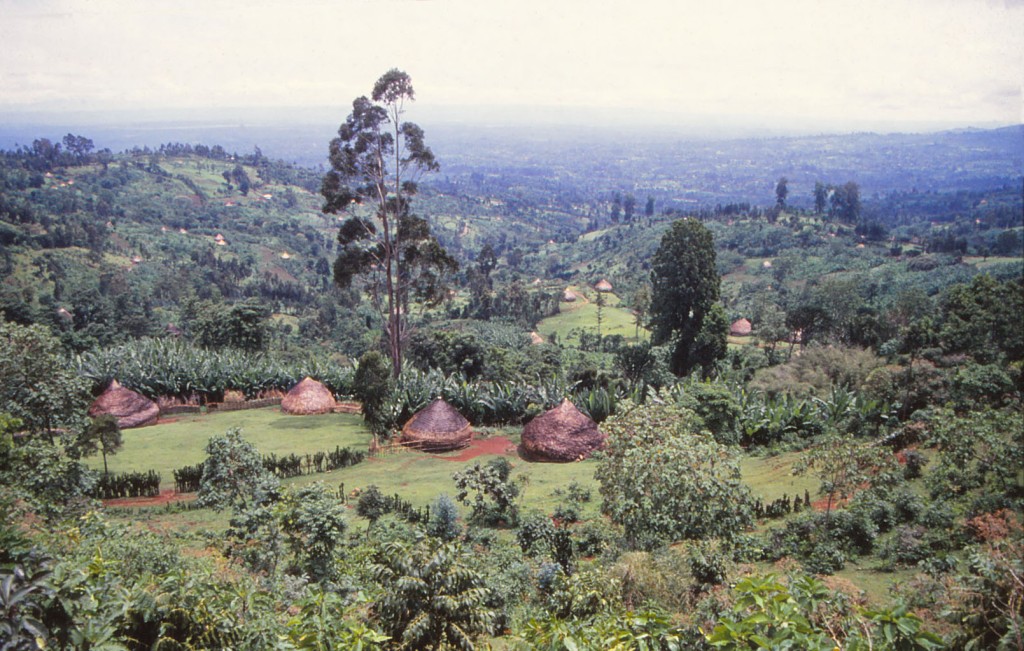
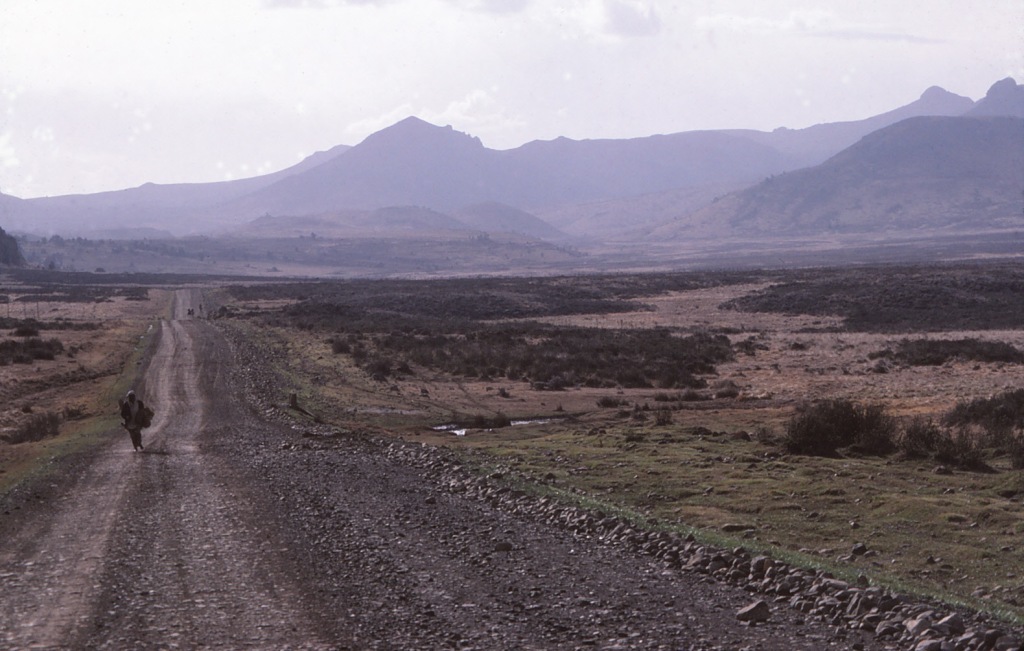
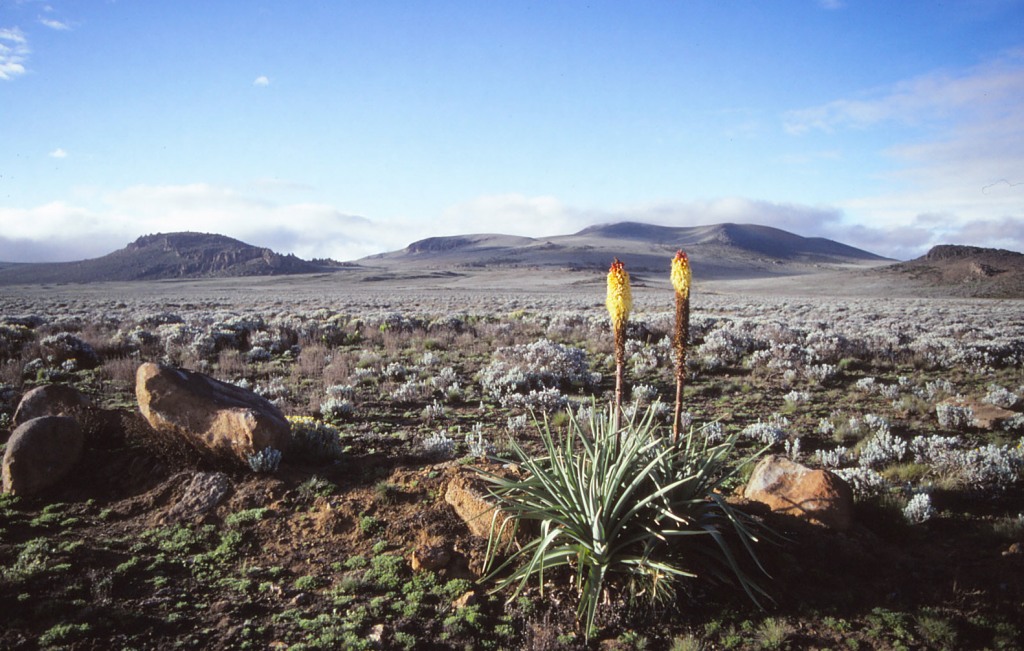
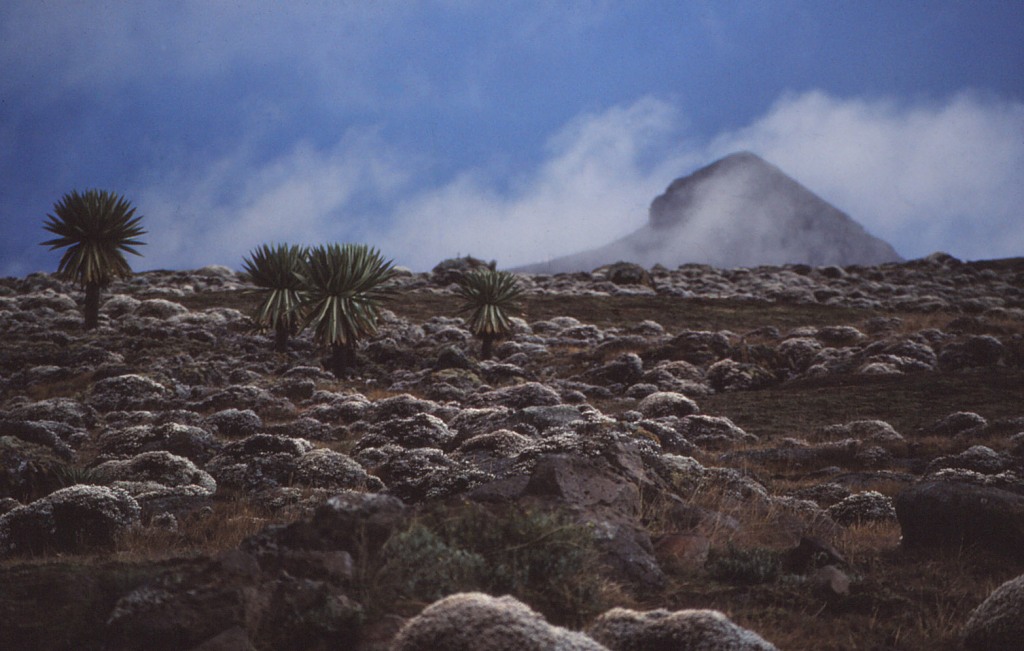

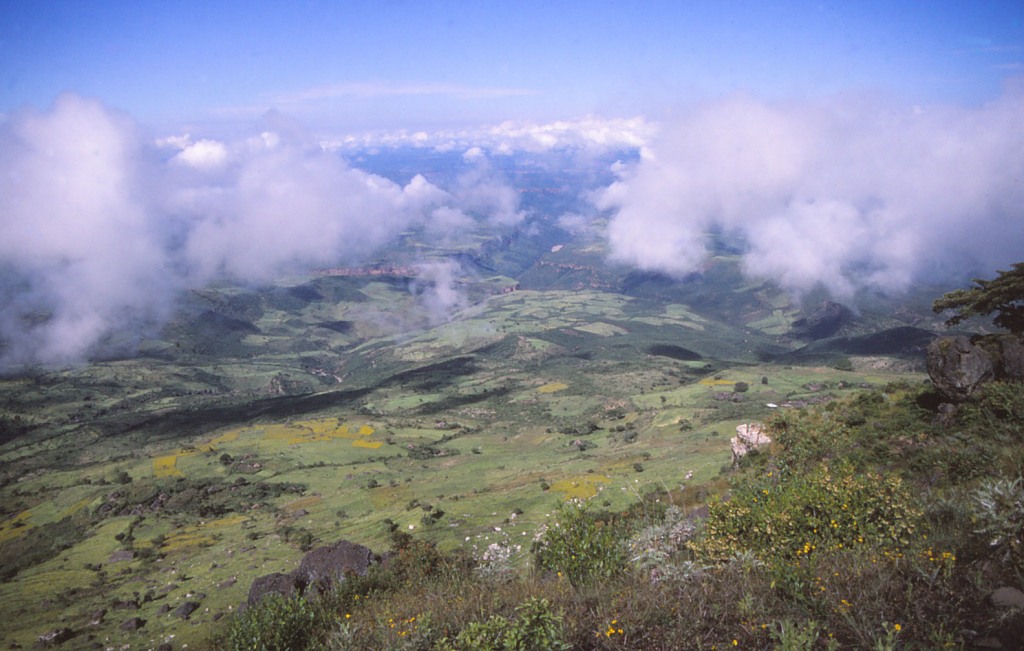
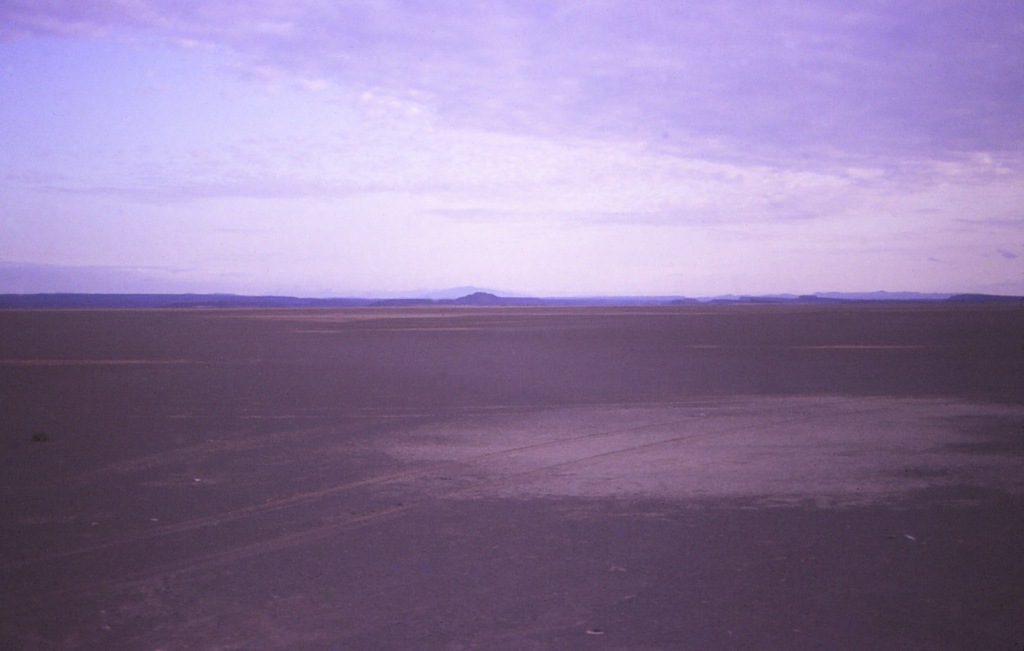


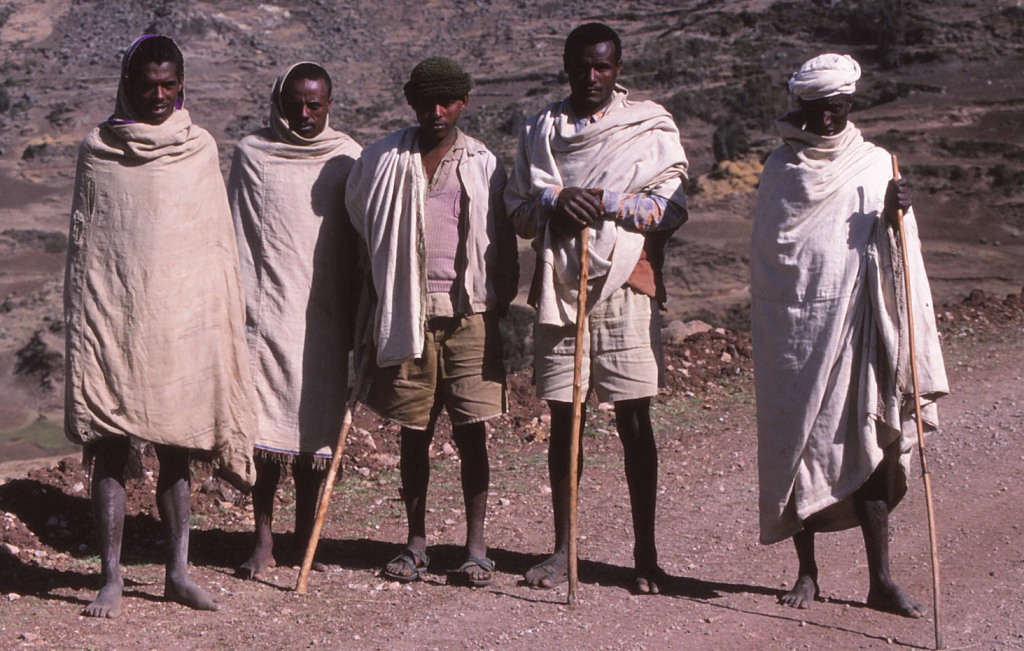
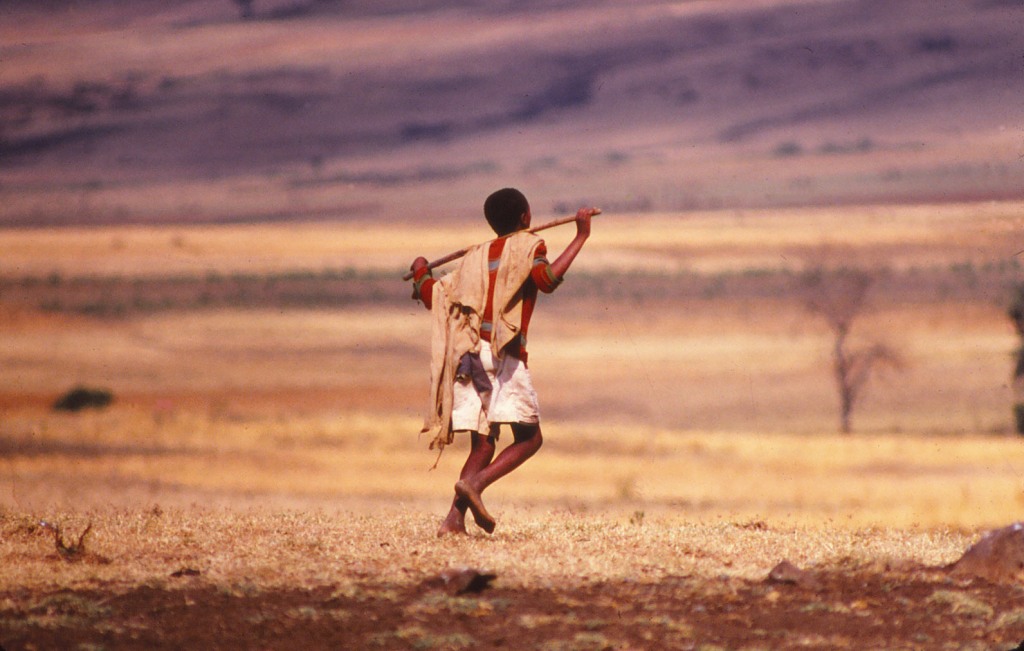
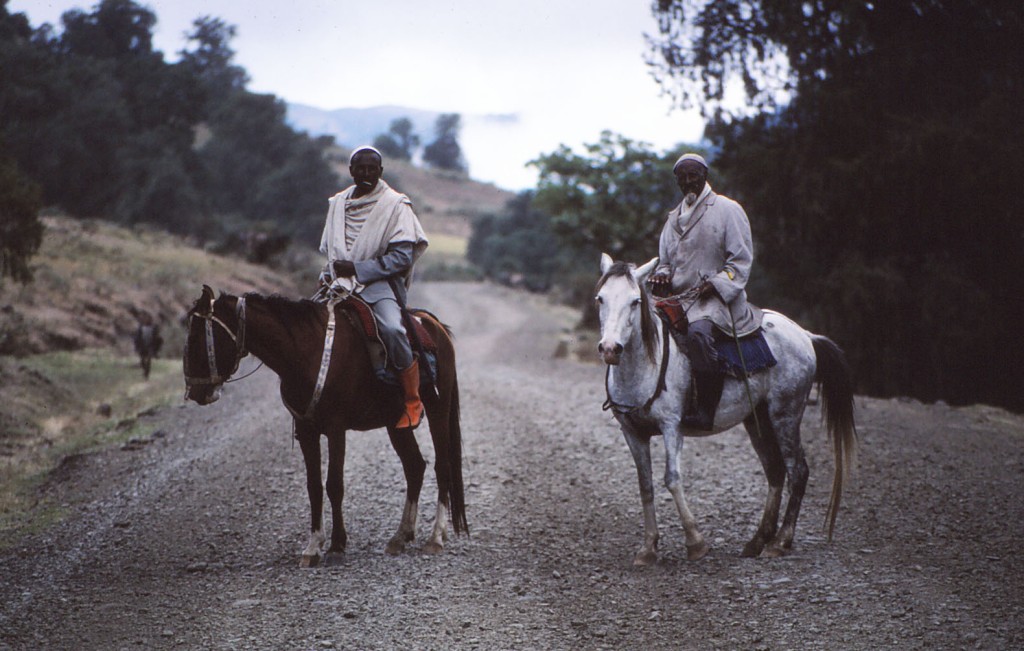
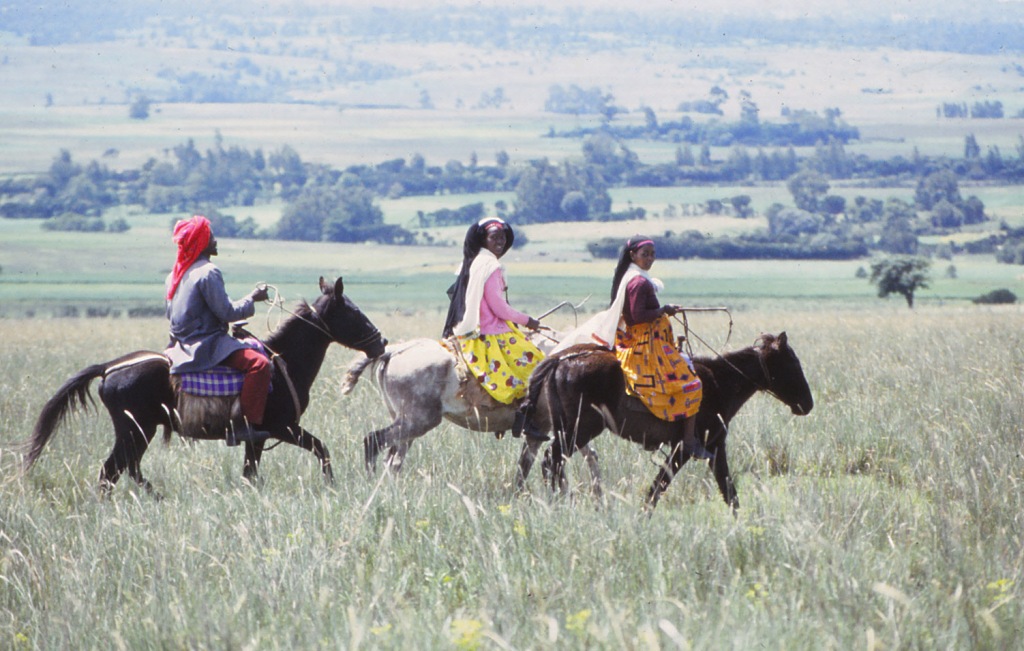



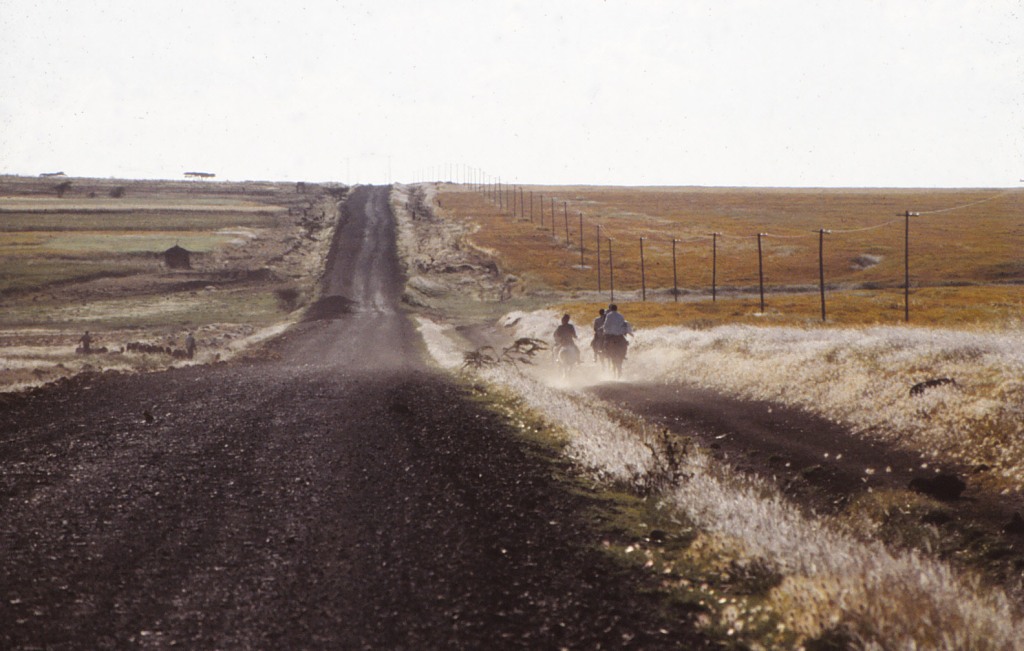




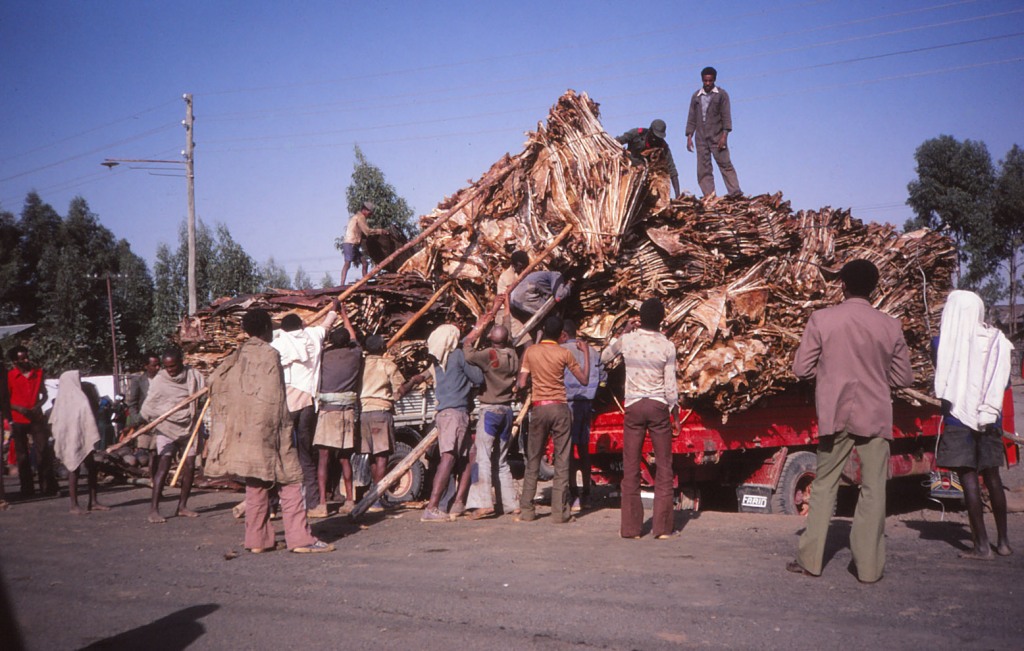





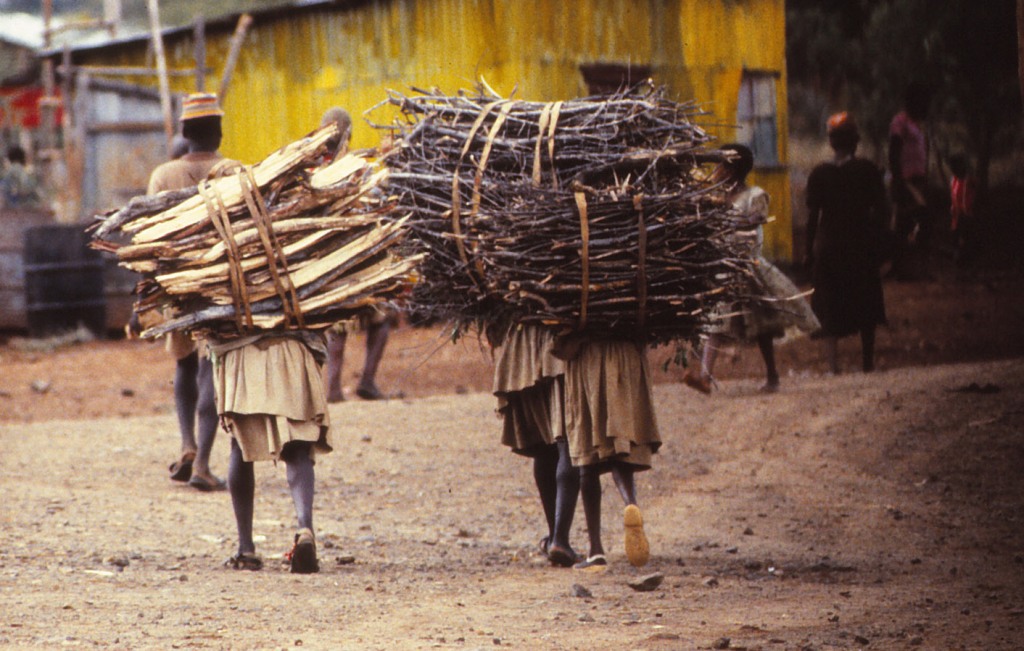

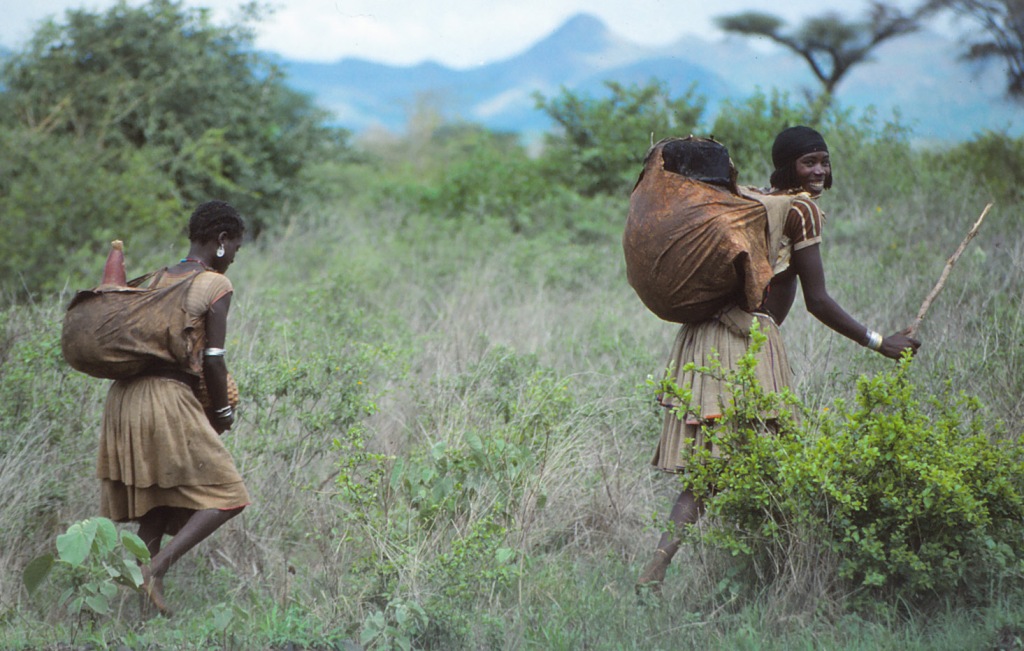
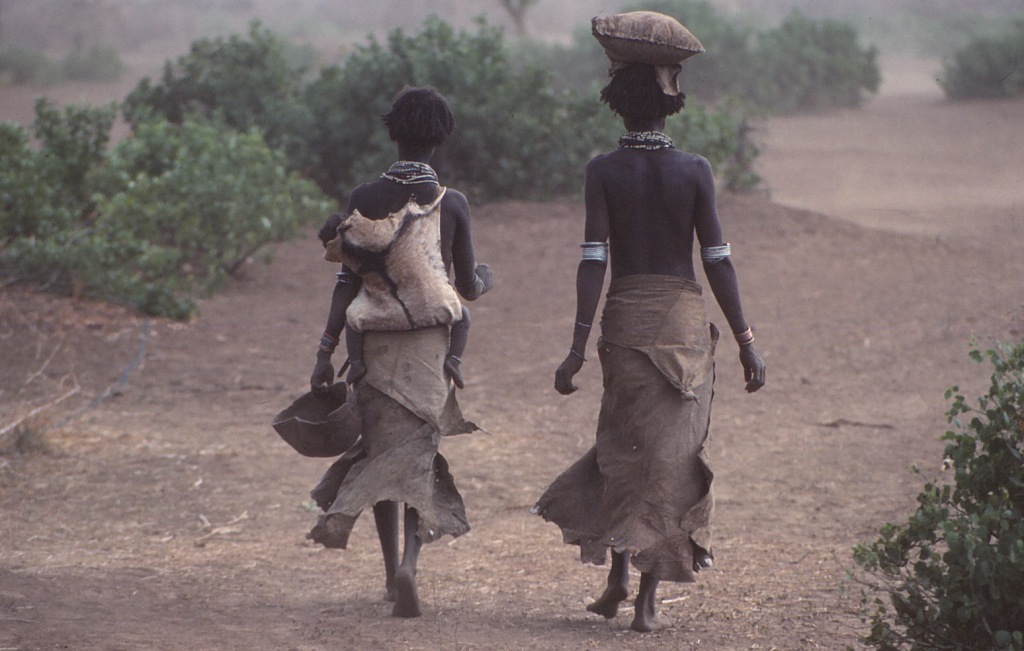

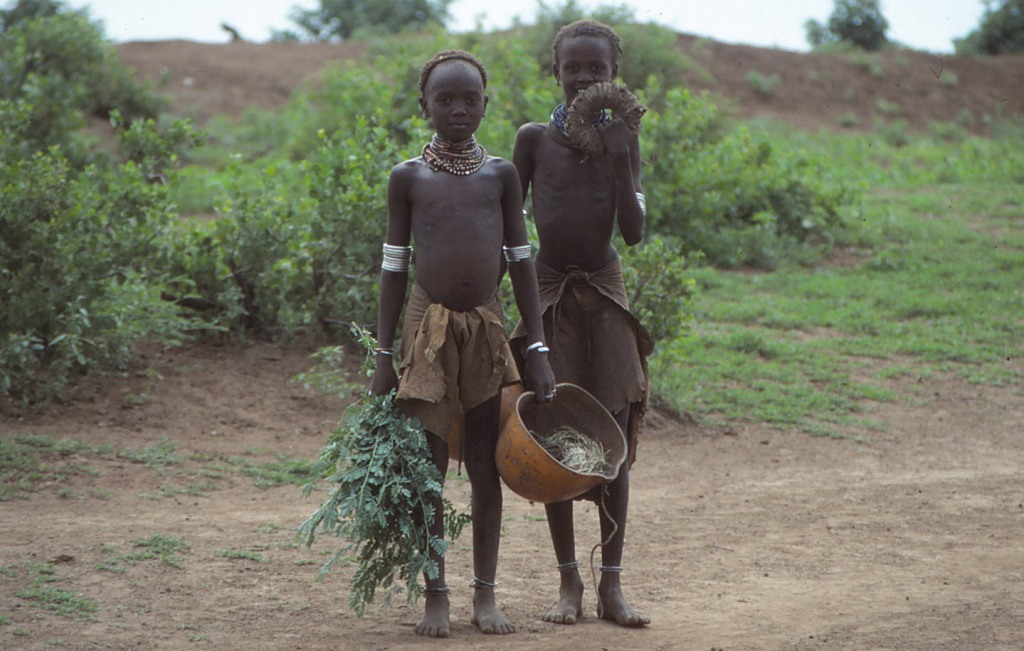
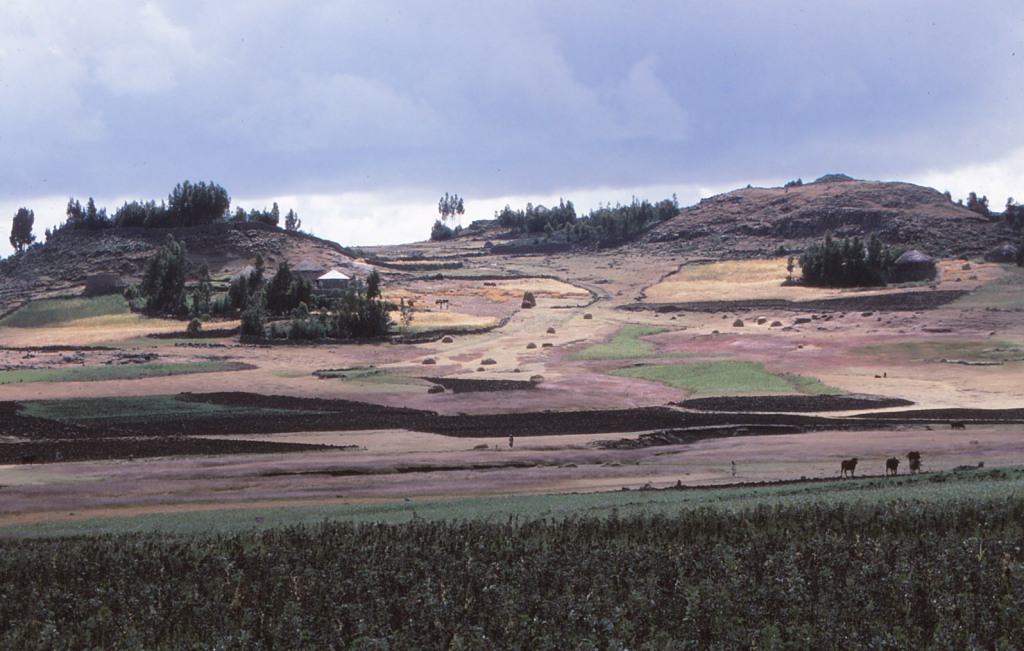
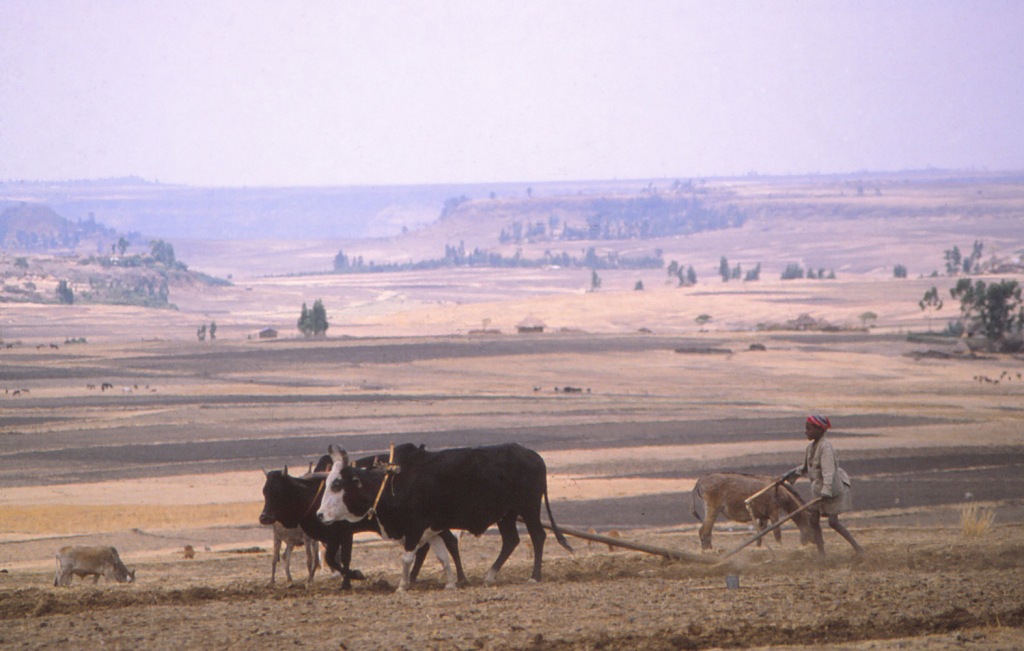



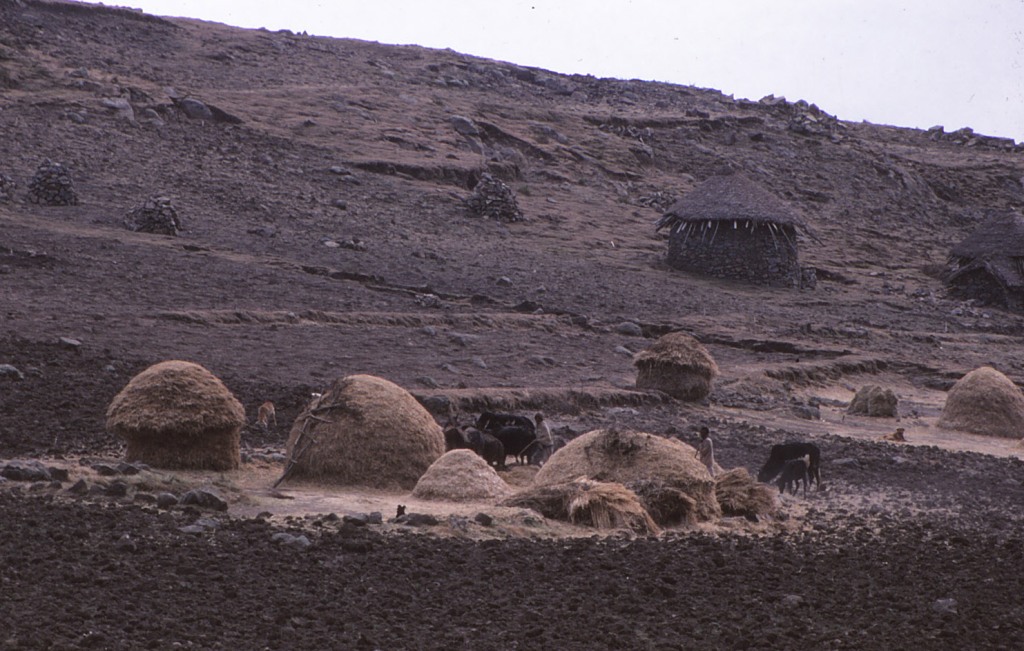
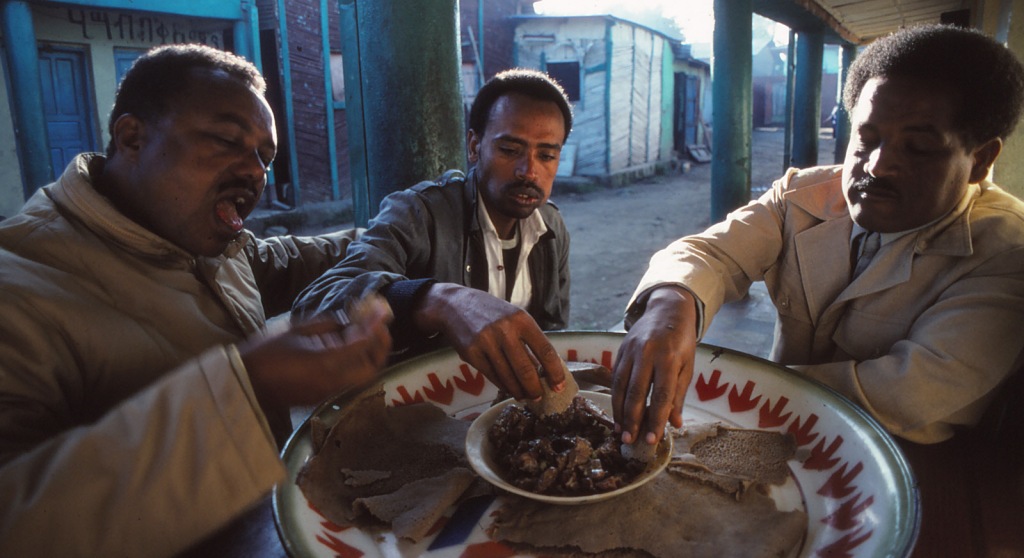


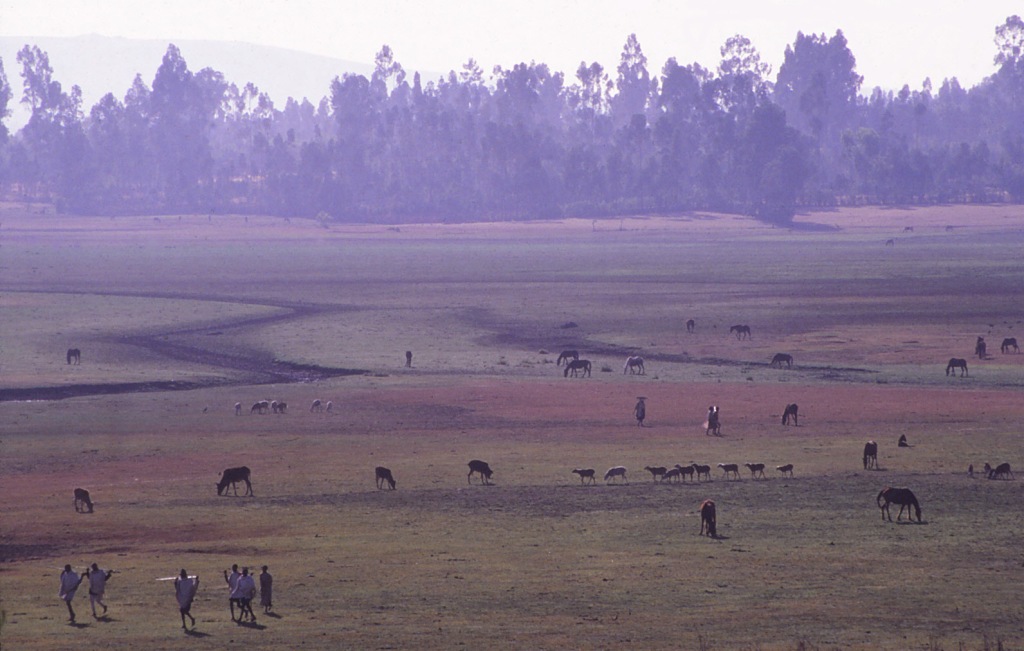









Hello, I am the website editor for a charity called Exeter Ethiopia Link (www.exeterethiopialink.org), based in Exeter, United Kingdom. I am beginning the process of re-building our website and I would like to ask permission to use the photo on this page with the caption “Shewa region, along the Ambo road towards Nekemte in Welega region.” Our charity’s work is concentrated on Nekemte in the Welega redion and I would be interested to know if you have any other photos of this area.
Best wishes
David Scarbrough (dscarb@talktalk.net)